Politics
ASIA, BEIJING, CHINA, CHINA SEA BUDDHISM ROUND TABLE, CULTURAL HERITAGE, GOVERNMENT SUPPORT, INTERNATIONAL TRAVEL, K. P. SHARMA OLI, KATHMANDU, LI QIANG, LUMBINI DEVELOPMENT TRUST, MY REPUBLICA, NEPAL, NEPAL AAJA, OFFICIAL VISIT, PAN, PANCHEN LAMA, SYLVIE ZHU, TAIWAN, TIBET, TOURISM
Sophia Klein
Panchen Lama Expected to Visit Nepal Amid Tibetan Succession Plan Discourse
The Panchen Lama, Tibet’s second-highest religious figure, is expected to visit Nepal to attend a Buddhist seminar. This visit coincides with the Dalai Lama’s upcoming succession plan announcement, raising potential tensions with Beijing. The visit aims to promote religious harmony but remains unconfirmed by either government.
According to reports from Nepalese media, the Panchen Lama, recognized as Tibet’s second-highest religious authority and a member of China’s political advisory body, is anticipated to embark on a rare visit to Nepal. Although neither the Chinese nor Nepalese governments have officially confirmed this visit, it is said to coincide with significant developments in Tibetan Buddhism, specifically the forthcoming disclosure of a succession plan by the exiled Dalai Lama.
Gyaincain Norbu, the Panchen Lama endorsed by Chinese authorities, is reportedly scheduled for a four-day visit commencing Saturday, during which he will participate in the South China Sea Buddhism Round Table. This visit is significant for Nepal, a country that is home to a substantial ethnic Tibetan community, and aims to promote “religious harmony,” as noted by an official from the Lumbini Development Trust to My Republica.
This anticipated visit follows Nepalese Prime Minister K.P. Sharma Oli’s recent discussions in Beijing with Chinese Premier Li Qiang, where it was emphasized that Kathmandu views Tibet and Taiwan as integral parts of China, reinforcing that matters related to Tibet are considered internal Chinese affairs.
The impending visit of the Panchen Lama emerges at a critical juncture in the context of Tibetan Buddhism, adding an element of complexity to the ongoing interplay of religious authority and political maneuvering between Tibetan leaders and Chinese authorities. Moreover, it raises questions regarding Beijing’s potential opposition to the Dalai Lama’s succession strategy, given its longstanding position against any form of Tibetan separatism.
The Panchen Lama holds a significant position within Tibetan Buddhism, recognized as the second-highest figure after the Dalai Lama. The individual currently identified as the Panchen Lama, Gyaincain Norbu, was appointed by the Chinese government, which has a strict grip on Tibetan religious practices. The Dalai Lama, currently living in exile, is also a major figure in the pursuit of Tibetan autonomy, and his upcoming succession plan may have significant implications for the future of Tibetan Buddhism and its relationship with China. Nepal, with a sizable ethnic Tibetan population, serves as a critical cultural bridge between China and Tibet. The relationship between Nepal and China has been notably strengthened in recent years with Nepalese officials openly endorsing China’s territorial claims, particularly regarding Tibet and Taiwan, which complicates the regional political dynamics surrounding Tibetan issues. The implications of the Panchen Lama’s visit could thus resonate both politically and religiously within Nepal and beyond.
In summary, the anticipated visit of the Panchen Lama to Nepal may hold substantial religious and political significance, particularly in light of the looming succession plan expected from the Dalai Lama. While the objectives of promoting religious harmony are central, the backdrop of this visit highlights the delicate balance between spiritual leadership and national policies regarding Tibet. The unfolding events may significantly influence the future landscape of Tibetan Buddhism and its the interplay with Chinese governance.
Original Source: www.scmp.com
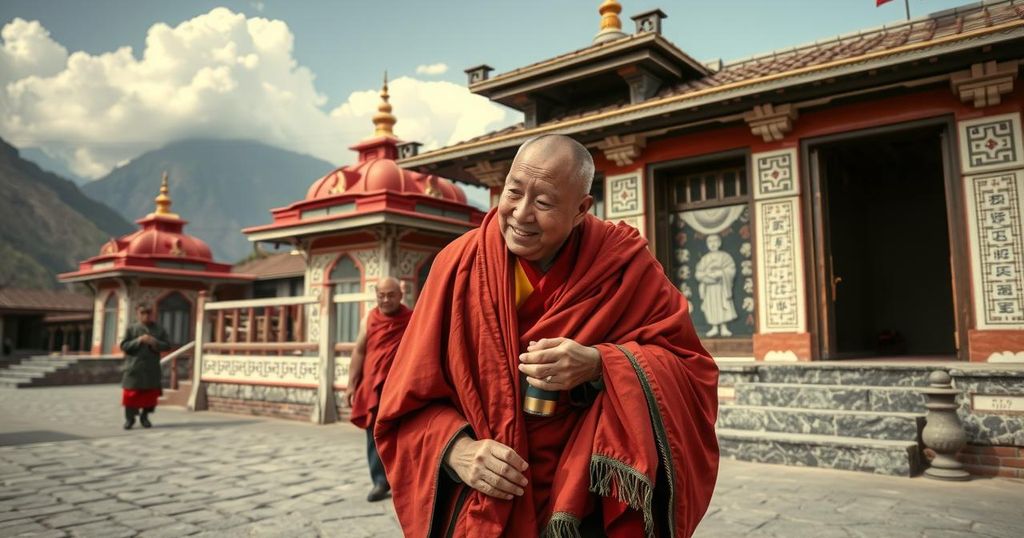
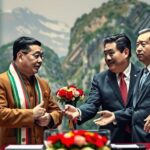
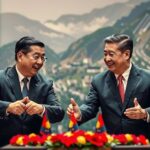
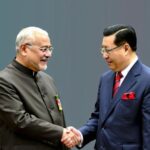
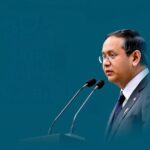
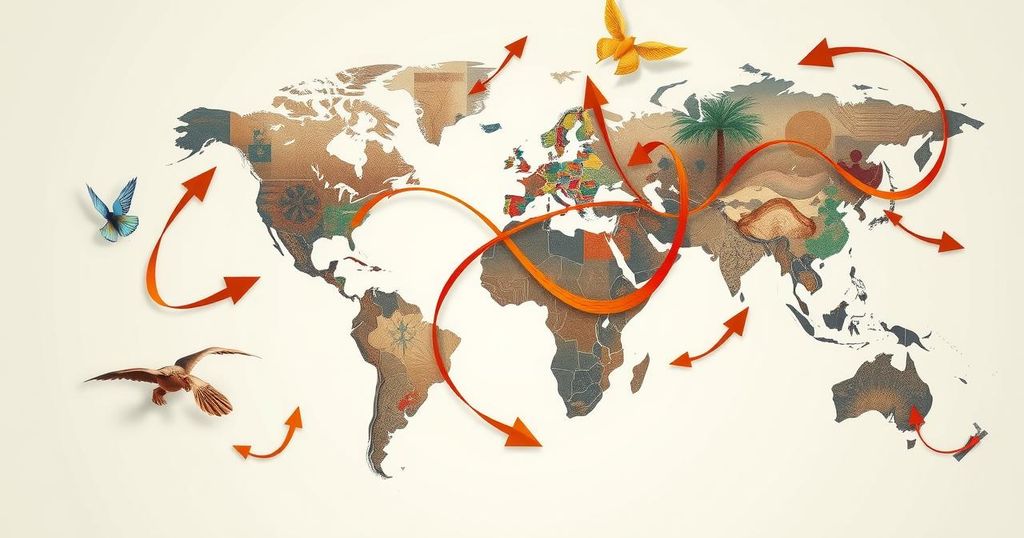
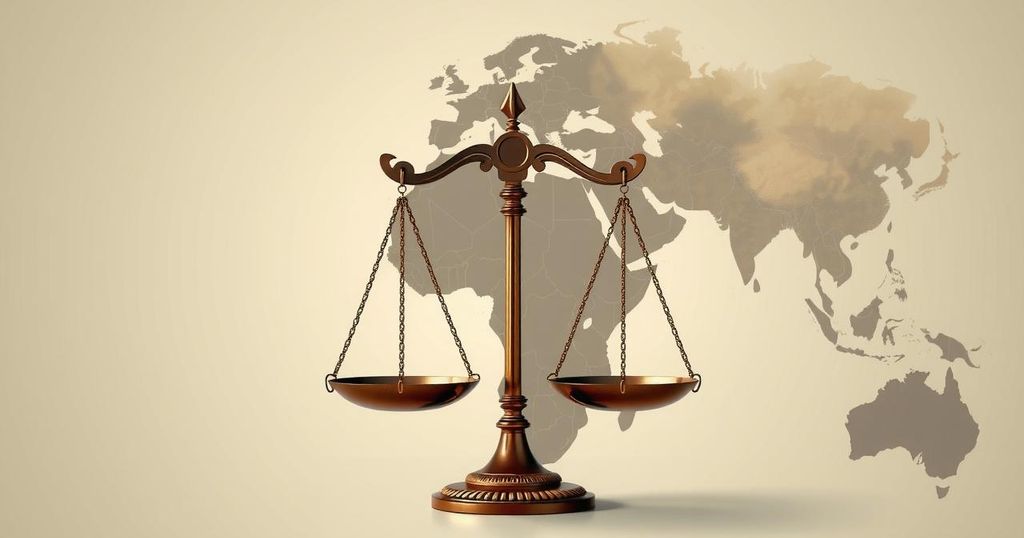

Post Comment